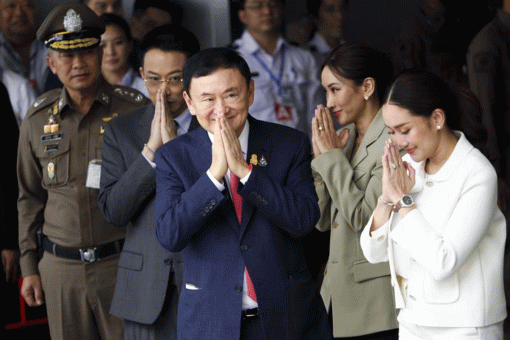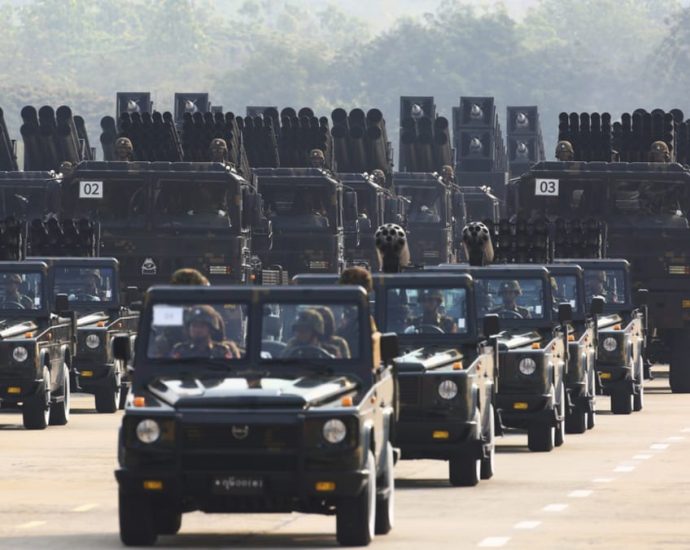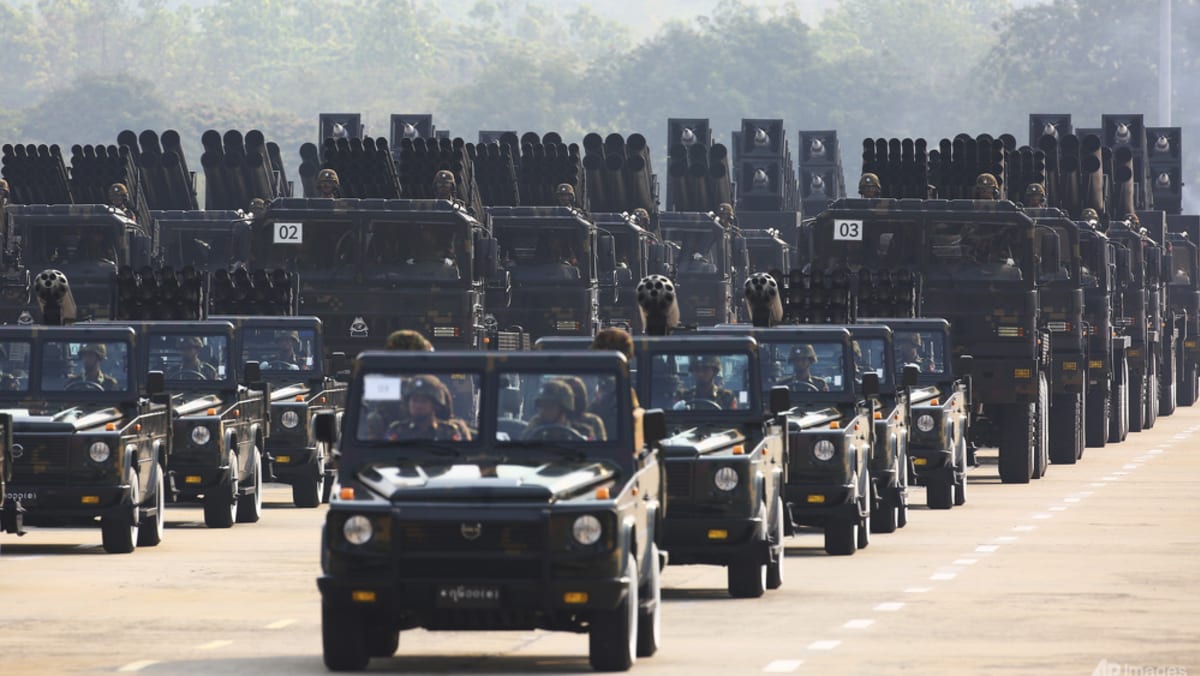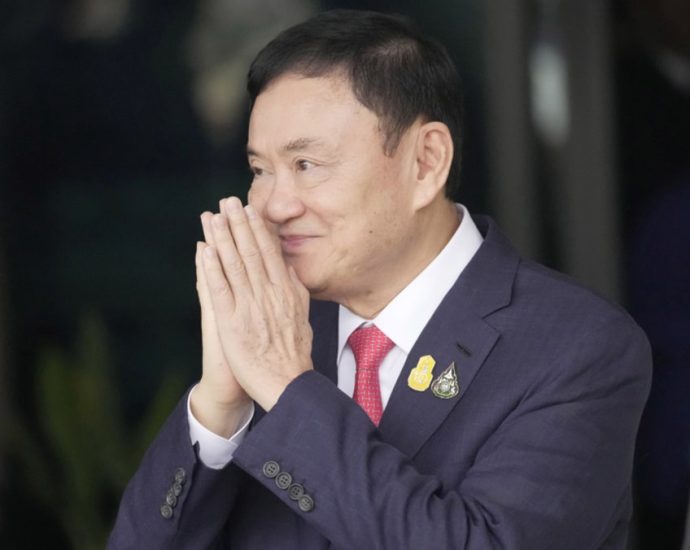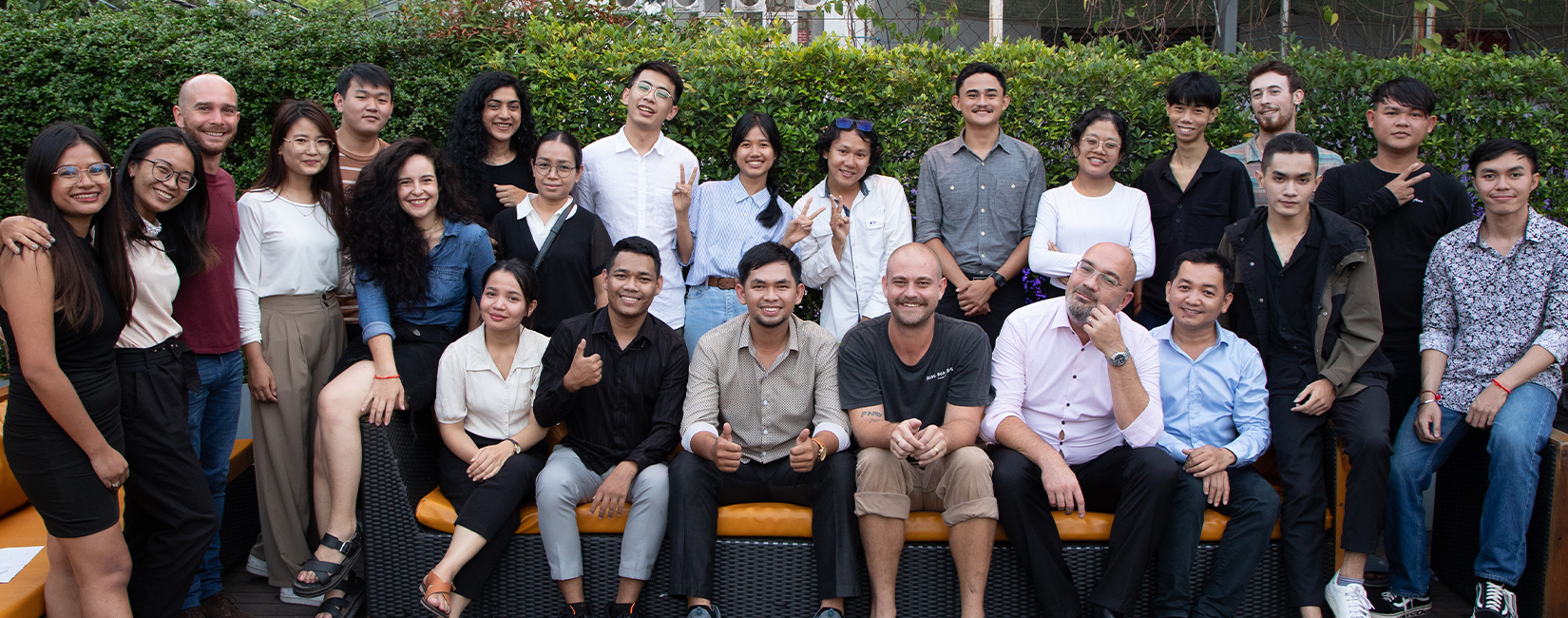Royal pardon reduces Thaksinâs jail term to one year
Ex-premier’s petition expresses wish that he be allowed to use his experience to ‘benefit the nation’

His Majesty the King has granted a royal pardon to Thaksin Shinawatra, reducing the former prime minister’s combined jail sentence from eight years to one, according to an announcement published in the Royal Gazette on Friday.
The pardon, dated Aug 31, was countersigned by caretaker Prime Minister Prayut Chan-o-cha.
The 74-year-old billionaire inmate formally filed a petition for a royal pardon not long after he returned from 15 years of self-exile abroad on Aug 22.
On the day he returned, the Supreme Court ordered Thaksin jailed for eight years — three years concurrently in two cases, and five years in a third case — for conflict of interest and abuse of authority while prime minister in the early 2000s.
In the first case, Thaksin had been sentenced in absentia to three years for conflict of interest. The court said Thaksin had ordered the state-run Exim Bank to lend 4 billion baht at a below-cost interest rate to Myanmar so that it could buy products from Shin Satellite Plc, a company owned by his family.
In the second case, Thaksin was convicted of illegally launching a two- and three-digit lottery between 2003 and 2006. This was an abuse of power as the scheme was not supported by any legislation.
In the third case, the court sentenced Thaksin, who made his fortune in the telecoms industry, to five years for malfeasance in connection with the handling of telephone concessions and conflict of interest from 2001 and 2006 during his two terms as prime minister.
Since his return, Thaksin has served 10 days of his sentence — all but a few hours of it at the Police General Hospital, where he was transferred on health grounds shortly after reporting to the Bangkok Remand Prison on the afternoon of Aug 22.
Officially, he still has seven years, 11 months and 20 days of jail time remaining.
The petition to His Majesty stated that when Thaksin led the government, he made a lot of useful contributions to the country and the people. He was also loyal to the monarchy.
When he was indicted and the court handed down its jail sentences, “he respected the process, admitted his guilt, repented and accepted court verdicts”, the petition added.
“Now he is old and has illnesses that need care from medical professionals.”
The petition asked that the former leader be pardoned so that he can “use his knowledge, abilities and experience to help and benefit the nation, society and people in the future”.
According the text published in the Royal Gazette, His Majesty acknowledged the petition and granted a royal pardon.
Prime Minister Srettha Thavisin, when asked on Friday about the matter, said he had not been informed that Thaksin had filed a petition for a pardon, saying it was the former premier’s personal affair.
Thaksin, too, had insisted his petition had nothing to do with politics.
His return to Thailand came on the same day that Mr Srettha was elected prime minister in parliament, at the head of a government led by the Pheu Thai Party, which Thaksin founded more than two decades ago.

